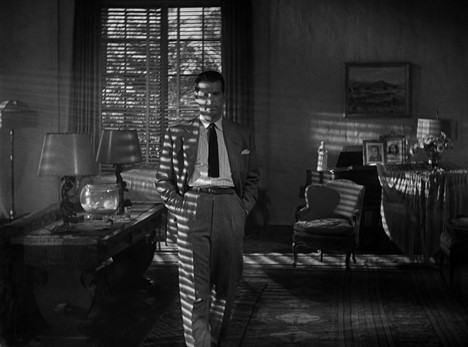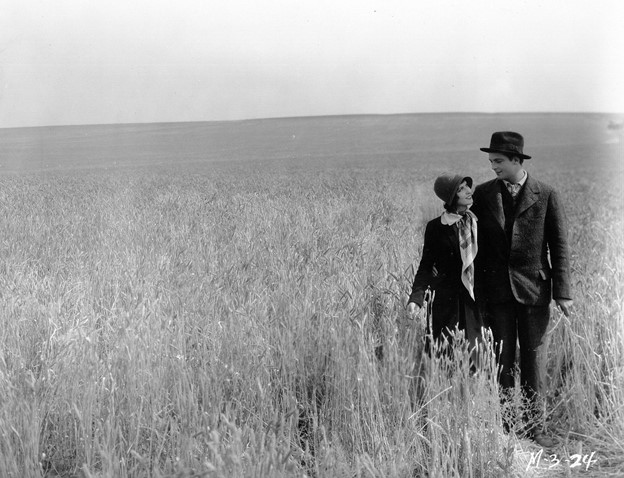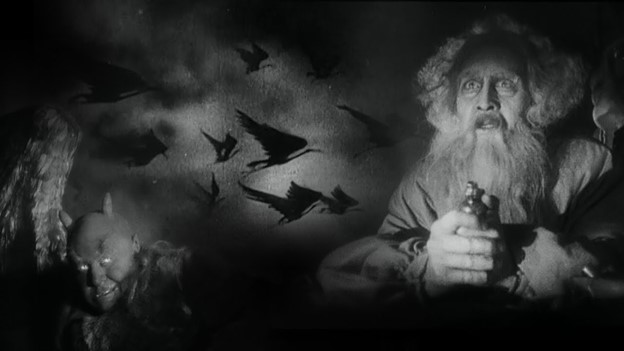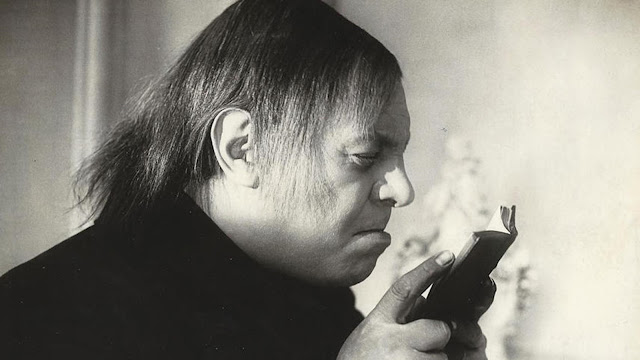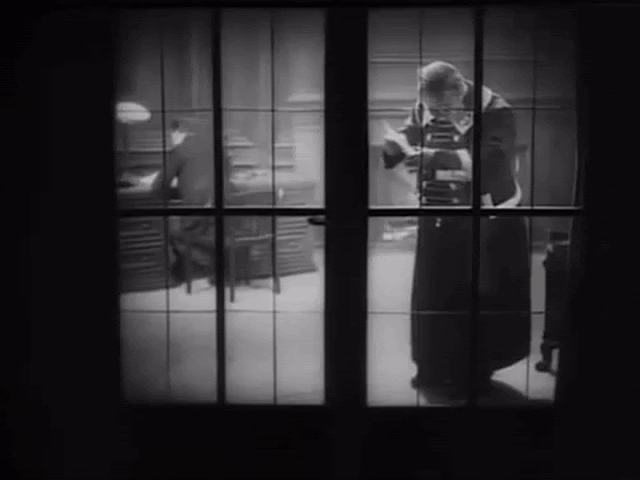The Joyless Street (1925)
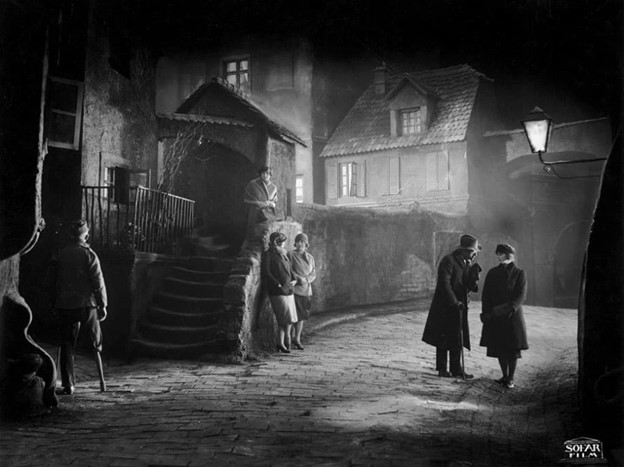
G.W. Pabst's "The Joyless Street" By 1925, Germany had all but cemented expressionism as the most efficient and creative means of visual expression in the film industry. It depicted the terror the country was experiencing after the first World War. The country was in a state of hyperinflation and the divide between rich and poor had never been greater. There were many in the film industry who grew tired of the pretentions expressionism was creating. Because Expressionism was being placed on such a pedestal, many felt that it was becoming too far removed from the economically downtrodden it purported to represent. So, an up-and-coming director named G.W. Pabst created a film that would shed away expressionist tendencies. This film was " The Joyless Street ." With this film, Pabst utilized a new form of expression and in doing so, regained the connection to the hopelessness that expressionism had seemed to forget. The film takes place in Vienna during the Austr...
